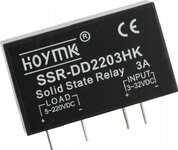grabber
Newbie
I have a car with canbus. When the engine is off, the voltage graph is constant. When the motor is on, the voltage is alternating (peaks). I have a led light controller that works fine when the engine is not running. When I turn on the car, the controller stops working properly. How to make a filter (stabilizer, capacitors) to keep the voltage waveform without drops all the time?
